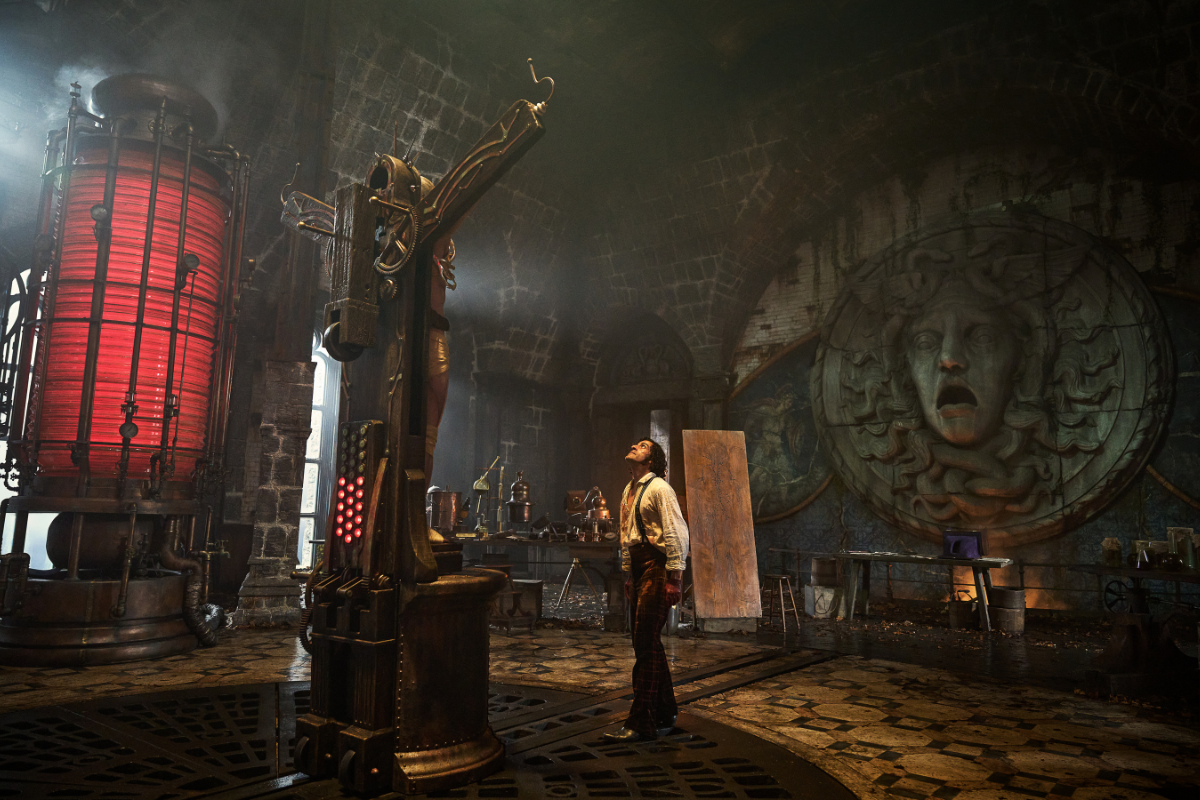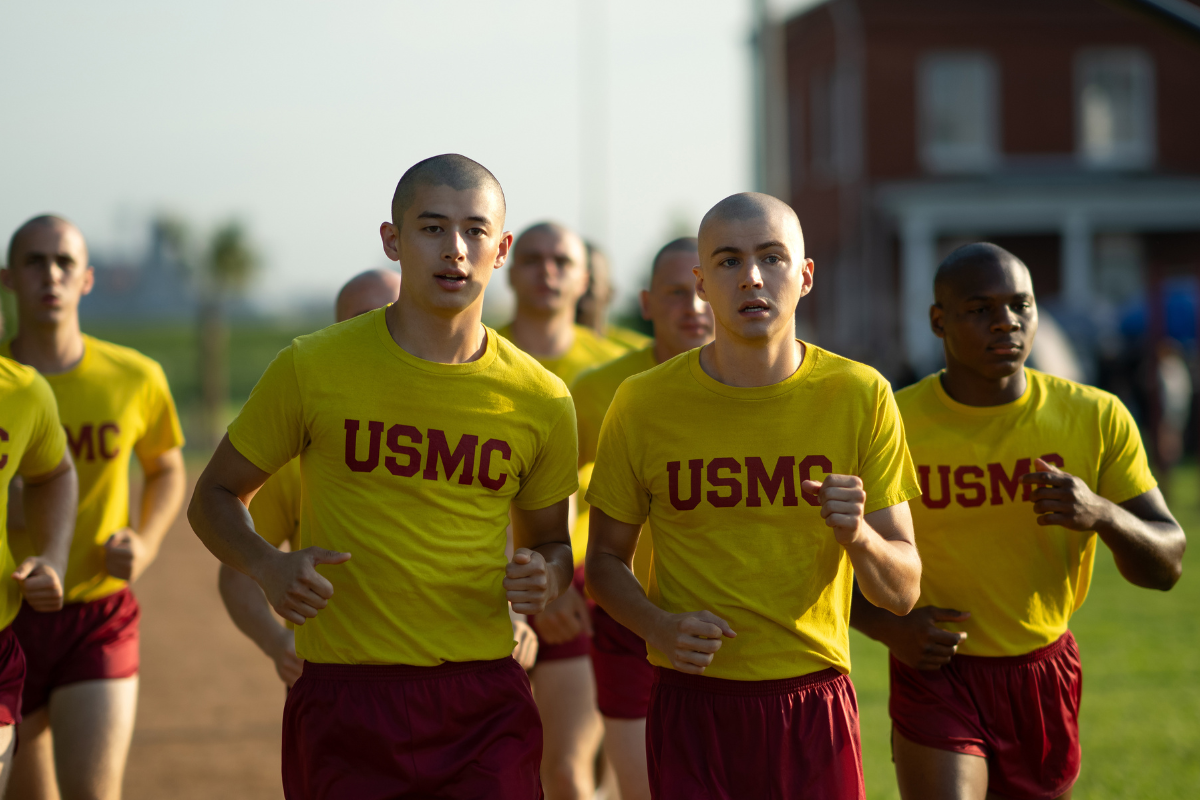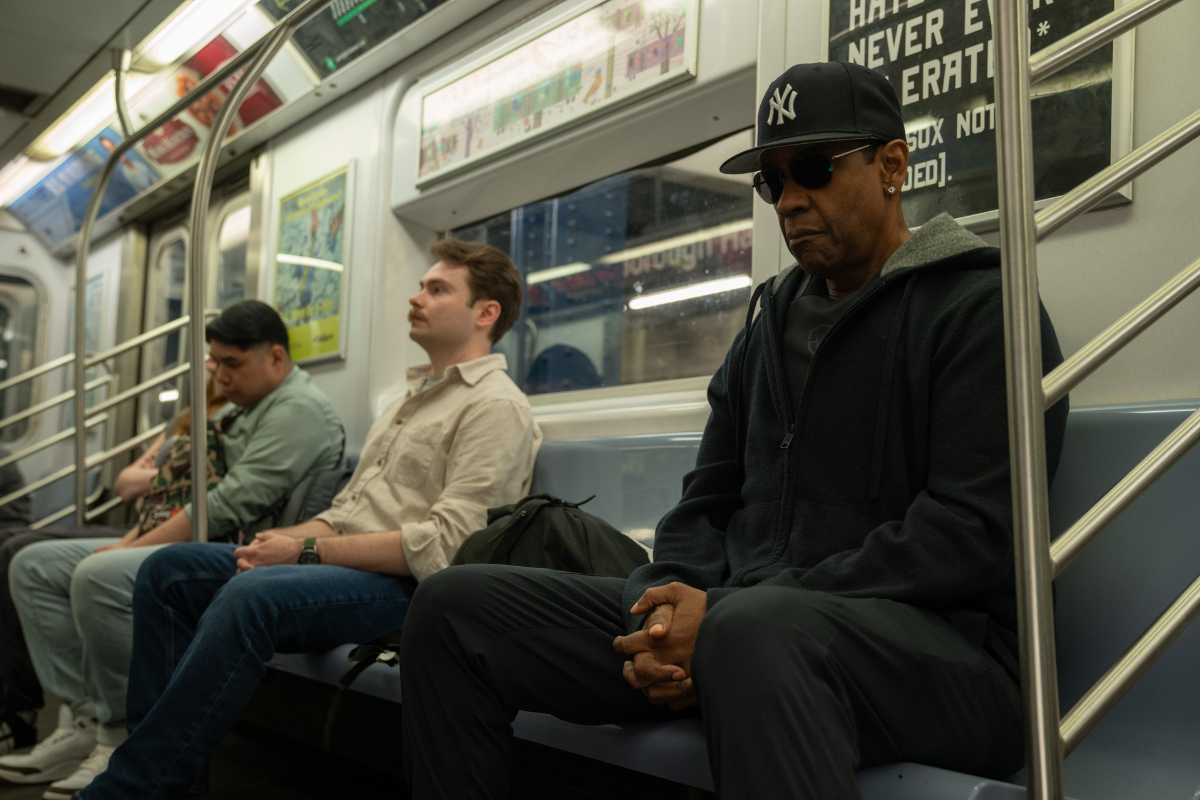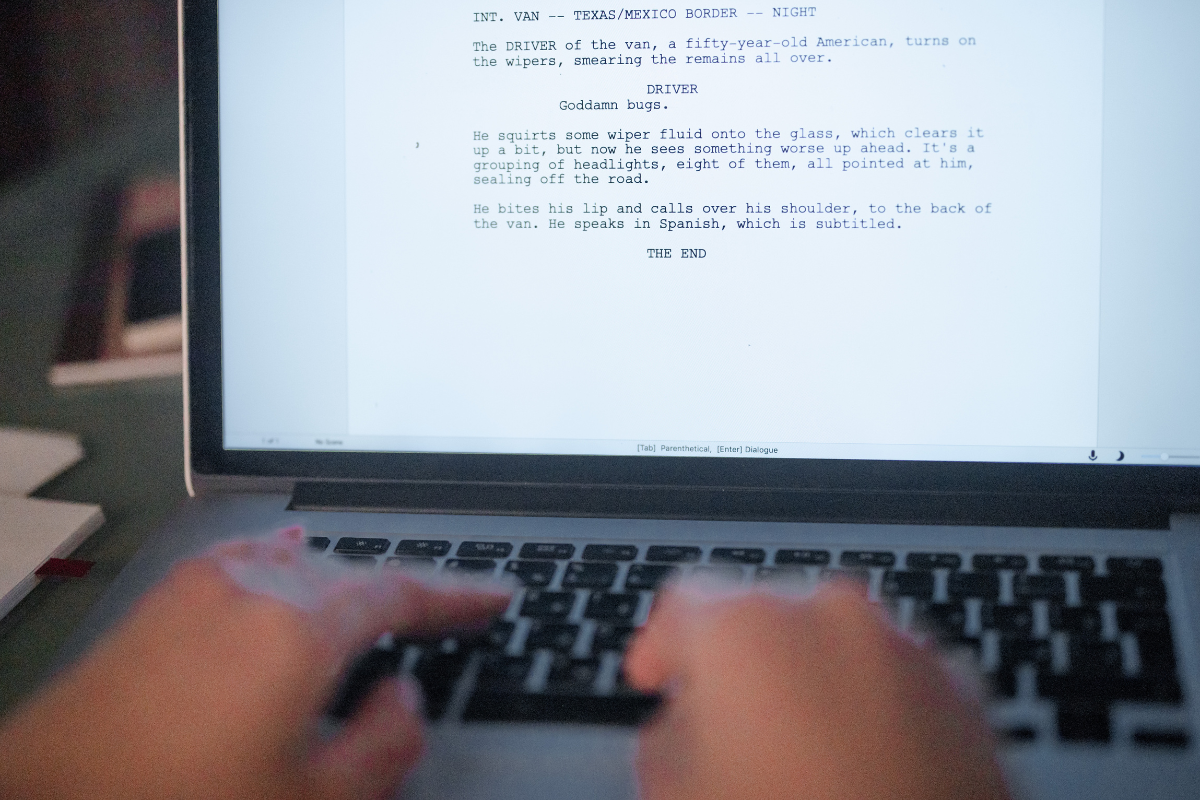‘Indiana Jones and the Dial of Destiny’ and What It Can Teach Screenwriters
As we look to the story and revisit it to analyze it deeper, there is so much there that it does so well. It’s worth taking a deeper look to see how we can apply the lessons of the things it excels at for our own writing and filmmaking endeavors.
Indiana Jones and the Dial of Destiny had a lot to live up to as a film. After the unfairly maligned and (in my view) underrated fourth installment Indiana Jones and the Kingdom of the Crystal Skull, any new Indiana Jones film would need to bring audiences on board fast and Dial of Destiny does everything it can to earn your goodwill and keep it for its entire 2 hour and 34 minute running time. Like the adventurous serial pastiches in the series that came before it, Dial of Destiny has something to say, too, about getting older, dealing with grief, and the trouble with looking to the horizon rather than your present. For a fan of the Indiana Jones movies, it became a wonderful coda to the life and times of everyone’s favorite archeologist adventurer and gave us one last hurrah into a world where it’s still OK to unapologetically punch a Nazi in the face.
As we look to the story and revisit it to analyze it deeper, there is so much there that it does so well. It’s worth taking a deeper look to see how we can apply the lessons of the things it excels at for our own writing and filmmaking endeavors.
Turning the Story On A Dime
Like every Indiana Jones film—and all good adventure films—Indiana Jones and the Dial of Destiny has a very particular cadence. If you watch your clock during an Indiana Jones movie or a particularly well-paced adventure film, you’ll track the idea that at approximately every 10 minutes (which is about 10 pages in screenwriting), there is a new complication that turns the story in a (at least slightly) different direction. New information is found. A character betrays another one. A trap is unleashed. A baddie with a gun shows up. An action set piece ends, we catch our breath, and there’s another complication.
I call this sort of story structure turning on a dime because dimes are a measurement of 10, and you’ll be surprised to see how many breathless adventure films follow this formula, from Raiders of the Lost Ark to Star Wars: The Rise of Skywalker, you can practically set your watch to it.
Take the opening sequences of The Dial of Destiny, for instance. We start with Indiana Jones captured and trying to escape. At about that 10 minute mark, we discover the object he’s been after, the Spear of Longinus is actually a fake. This is actually a well-written and clever meta-joke, as well. The Spear of Longinus has often been referred to as “The Spear of Destiny”, but as a macguffin, in the universe and the narrative, it turns out to be an impostor.
Then, Indy discovers his companion, Basil Shaw, is captured and he needs to be rescued. The story turns again when they resolve the flashback and Indy is awoken by his neighbors on Moon Day. As Indy struggles with the idea that no one is interested in anything he has to teach anymore, the story turns when his goddaughter shows up asking about the Antikythera device and the baddies start shooting people. The film continues in this fashion, just as the previous Indy movies before it did.
It’s a winning structure and worth exploring if you’re trying to create that breathless feeling of adventure in your work.
Tying Elements Together Thematically
One of the most remarkable things about the script for Indiana Jones and the Dial of Destiny is how well it ties in on itself through thematic elements. As we talked about above, the Spear of Destiny is one of those things. But the Antikythera device is another thing that ties past, present, and future together thematically in the film. For the world in the present, Indiana Jones has been left behind because everyone is looking to space. The villain, Dr. Voller (played by Mads Mikkelsen) is bored with space and looking to the next frontier: time. He wants to use time to win a war. Indiana Jones wants to prevent that from happening.
As they discover, Archimedes, who created the dial in the first place, was looking to time and space when he built the device, all to win a war, just as Voller wanted to do. The Macguffin, the motivations of the characters and the societies and sects they exemplify, and the narrative in the story all tie together to add meaning greater than the sum of its parts.
There are also thematic ties to other Indiana Jones movies as well, adding to the resonance of this particular outing. For Helena Shaw, Indy’s goddaughter and foil for this film, she is every bit the same type of character Indy was in Indiana Jones and the Temple of Doom: she values fortune and glory about the lives of the people around her and even has an underage, kid sidekick who she found trying to rob her and picked him up as an accomplice. Her arc mirrors Indy’s across Temple of Doom. And because Indy is able to shepherd her through some difficulties and act as the disapproving father, their relationship is able to bring elements of Indiana Jones and the Last Crusade to the forefront, as Indiana Jones has gone from child to father to grandfather in his life.
When you add in the grief resulting from the outcome of Kingdom of the Crystal Skull and the love he found in Raiders of the Lost Ark—both personally and professionally—The Dial of Destiny is a perfect thematic synthesis of everything that came before, while still able to add something emotional and new.
The lesson here is to know your themes, know what came before, and look for ways to layer relevance to every object or idea in your story.
Taking Big Swings
This film also made big swings for the fences. This didn’t work for some audiences, but I would argue that the audiences it didn’t work for had never seen an Indiana Jones film before. It’s no secret by now that the Antikythera device (which I wrote about how it works at length for /Film) allows the characters to travel back in time to the battle of Syracuse.
If you recall every Indiana Jones film before it, there’s an element of something so awe-inspiring and unbelievable, but grounded in the reality of these characters that we go along with them for the journey in the film. In Raiders, it’s the actual power of the Ark, melting faces and shooting spirits through Nazis. In The Temple of Doom, it’s the power of the Sankara stones and the actual power in the Thugee cult and their mysticism. In The Last Crusade, they deal with the immortality and healing abilities of the cup of Christ. Kingdom of the Crystal Skull culminates in the multi-dimensional beings reassembling their body and leaving with their plunder of Earth to another dimension. In The Dial of Destiny, Indiana Jones, his friends, and a plane full of Nazis, are pulled into a moment in time a couple of hundred years before Christ and learn that the Antikythera mechanism was built by Archimedes in the hopes that help would come to defend Sicily from the Romans.
It’s a bold choice and that’s what makes the best movies from Lucasfilm. When they take a major swing, regardless of how successful it is, it’s always more entertaining. It’s always more refreshing to an audience to see a story fail at a big swing than succeed at a lot of safe bunts. Fortunately, Indiana Jones and the Dial of Destiny took a big swing and hit a solid home run.
Little Moments
There are little moments of storytelling and filmmaking in The Dial of Destiny that elevate it from adventure-filled pablum to true works of art. They’re subtle, too, and leave you wanting more.
There are two I’ll call out here, but I would chide you to watch the movie again (and again, and maybe more after that) to find more moments like this.
The first is a moment right out of Alfred Hitchcock’s Rear Window. As a camera pans across an object and a photograph, we’re able to learn a twist of the story. In Rear Window, it’s Jefferies’ broken camera and the photo of the car race that broke it and his leg. That same storytelling technique is laid out here in our very first shot of Indiana Jones in the “present” of the film. It starts looking out through the back window of his house and pans across a folded triangle of an American flag situated right next to a photo of Indy’s son, Mutt Williams (played by Shia LaBeouf in Kingdom of the Crystal Skull.) Next to that photo is his dead father (Sean Connery in The Last Crusade.)
Then, like Jimmy Stewart passed out in the heat in Rear Window, we see Indiana Jones broken as well—at least emotionally—sleeping in a recliner rather than a bed. As he gets ready for the day, his eyes flit upon divorce paperwork between he and his wife. Without uttering a single line of dialogue, all of these tell us exactly what’s happened in Indy’s recent history. He’s lost his son (most likely in Vietnam) and this caused a break with his wife. The astute audience member is soaking all of this in and is not surprised when these things are confirmed later in the dialogue and narrative, but have been given the appropriate context to understand their gravitas.
The second small moment, perfect for the film, is the use of the fridge magnet at the beginning and the end of the film. When Indy looks at the divorce paperwork, we see a photo of Marion Ravenwood (Karen Allen from Raiders of the Lost Ark and Crystal Skull) from her younger days. Indy places a magnet over her face, unable to bear looking at her in his grief and those moments. At the end of the film, when she comes back to help nurse him back to health and reconcile, watch the first thing Indy does when he gets to the kitchen. He quickly removes the magnet in a shot you almost barely notice it. There’s no closeup, so it’s very blink-and-you-miss-it, but it’s a perfect bit of character business that tells another layer to the story playing out in the scene.
Find those moments where you can tell story and reveal character in these little moments. The final product is always going to be better for it.
Go See it
Blockbuster movies that are also worth studying for their storytelling acumen feel like a rarity these days. It is worth your time to get to the movie theater and see Indiana Jones and the Dial of Destiny for all of the intensely well-crafted story and character beats hidden inside of it.
It doesn’t hurt that it’s incredibly well acted and executed by a cast led by Harrison Ford and a crew led by James Mangold, but those things are just icing on the cake of a finely crafted story. That it’s Indiana Jones, back in the saddle for one final adventure, is an even bigger bonus. It’s entertaining, funny, thrilling, full of pathos, love, and subtlety, and is a perfect capstone to the work of Dr. Henry Jones, Jr.
Indiana Jones and the Dial of Destiny is currently in wide release in cinemas across the globe.
Learn more about the craft and business of screenwriting and television writing from our Script University courses!
Bryan Young is an award-winning filmmaker, journalist, and author. He's written and produced documentary and narrative feature films and has published multiple novels and a non-fiction book. He's written for Huffington Post, Syfy, /Film, and others. He's also done work in the Star Wars and Robotech universes. You can reach him on Twitter @Swankmotron or by visiting his website: swankmotron.com.







